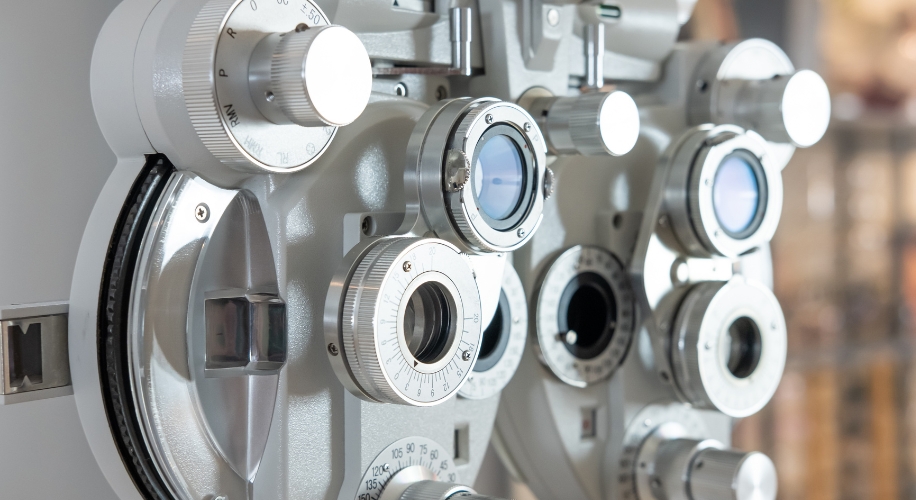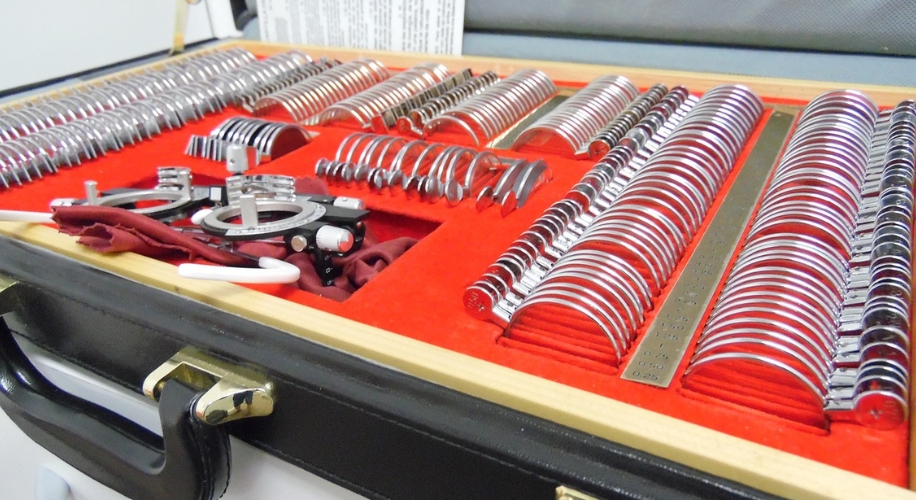Understanding Diopter for Optimal Vision Correction

For everyone who relies on glasses or contact lenses to see clearly, understanding the term ‘diopter’ is important. This seemingly complex term simply refers to the unit of measurement used to quantify the optical power of your corrective lenses, whether for glasses or contact lenses. It plays a crucial role in ensuring your vision correction is precise and personalized to your needs. When you shop for eyewear at Zenni, knowing your diopter measurement can help you find the perfect pair of glasses tailored to your vision requirements.
The Role of Diopter in Vision Correction
When it comes to correcting vision issues like nearsightedness or farsightedness, the diopter measurement on your prescription indicates the amount of lens power needed to correct your vision to the standard 20/20. This number will be negative for nearsightedness (myopia) and positive for farsightedness (hyperopia). It directly corresponds to the curvature of your lenses – the higher the diopter number, the stronger the lens power and the greater the lens curvature. Therefore, understanding your diopter measurement is key to optimizing your vision correction and overall eye health.
How Diopter Measurements are Determined
Your diopter measurement is determined during a comprehensive eye exam. Using a device called a phoropter, your optometrist will measure how light waves are bent as they pass through your eye. This process, known as refraction, helps determine the exact lens power needed to compensate for any refractive error (nearsightedness, farsightedness, or astigmatism). Diopter measurements are usually rounded to the nearest 0.25, ensuring a high level of precision in your prescription.
Importance of Accurate Diopter Measurements
The accuracy of your diopter measurement is crucial for the following reasons:
- Ensures clear and sharp vision: Accurate diopter measurements ensure that your corrective lenses provide the right amount of power to give you clear, sharp vision.
- Prevents eye strain: Incorrect diopter measurements can lead to blurred vision and eye strain, causing headaches and discomfort.
- Supports safe driving: For those who drive, accurate vision correction is key to safety on the road.

How to Understand Your Glasses Prescription
Your glasses prescription is typically a chart with numbers and abbreviations. The ‘SPH’ column represents the spherical correction needed for your eyes, measured in diopters. This number indicates whether you are nearsighted or farsighted and to what degree. A cylinder (CYL) number and an axis value will also be provided if you have astigmatism.
Updating Your Diopter Measurements
Eye health can change over time, and therefore it’s important to have regular eye exams. This will ensure your diopter measurements and subsequently, your glasses or contact lenses, remain up to date. To maintain optimal visual health, adults should have an eye exam every one to two years, or as advised by their optometrist.
Remember that understanding your diopter measurement and keeping it up-to-date with regular eye exams is key to achieving the clearest possible vision and maintaining overall eye health. If you’re due for an updated prescription, consider scheduling an eye exam today. Don’t forget to explore Zenni’s extensive range of eyewear options to find the perfect fit for clear vision.





 Canada
Canada